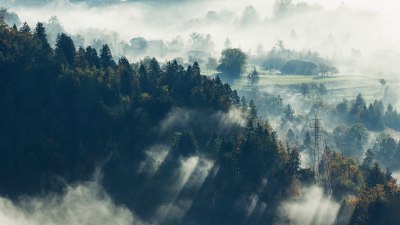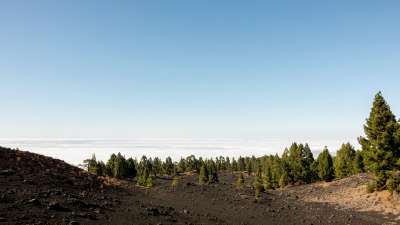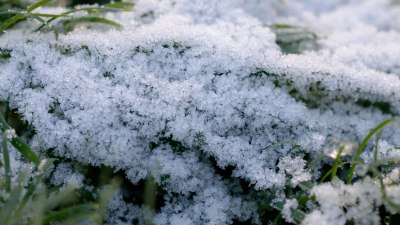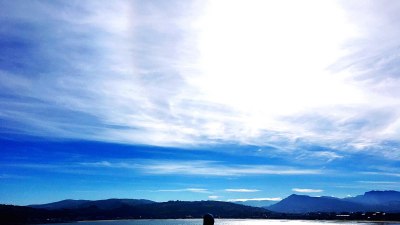How Fog Forms and Disappears
Learn about the science behind fog formation and dissipation, including types of fog, conditions required, and impact on the environment.

Fog is a fascinating meteorological phenomenon that has intrigued scientists and nature enthusiasts alike. It is a cloud that forms at ground level, consisting of tiny water droplets suspended in the air. Understanding how fog forms and subsequently disappears involves delving into the atmospheric conditions that facilitate this interesting weather occurrence. Let us explore the processes involved in the formation and dissipation of fog, the various types of fog, and its broader impact on the environment.
1. Understanding Humidity and Condensation
To grasp how fog forms, one must first understand the concepts of humidity and condensation. Humidity refers to the amount of water vapor present in the air, and it plays a crucial role in fog formation. When air cools to its dew point temperature, the moisture in the air begins to condense into tiny water droplets. This condensation results in the formation of fog, as the suspended droplets scatter light, creating the characteristic grayish appearance of fog.
2. The Role of Temperature
Temperature is a significant factor in fog formation. When the air near the surface cools at night, often due to radiational cooling, it can reach a temperature where it becomes saturated with moisture. This is especially common on clear nights when heat escapes into the atmosphere. As temperatures drop, the humidity of the air increases, leading to the formation of fog. Conversely, during the day, the warming sun can cause fog to dissipate as the air temperature rises, increasing the ability of the air to hold moisture and leading to evaporation of the suspended droplets.
3. Types of Fog
There are several types of fog, each formed through different processes. The most common types include:
Radiation Fog
This type of fog forms overnight as the ground loses heat through radiation. The layer of air closest to the surface cools, leading to condensation of water vapor. Radiation fog is often most prevalent in valley areas.
Advection Fog
Advection fog occurs when warm, moist air moves over a cooler surface, such as cold ocean water or a chilly landmass. This type of fog is common along coastlines and can lead to thick, dense fog conditions.
Upslope Fog
Upslope fog forms when air is forced to ascend a slope, cooling as it rises. As the air cools, it reaches saturation, and fog develops on the windward side of hills and mountains.
Mixing Fog
Mixing fog occurs when two air masses of different temperatures and humidity levels mix, resulting in cooling and subsequent condensation. This type of fog can form in various settings, including coastal areas and near industrial sites.
4. Conditions for Fog Formation
For fog to form, several specific atmospheric conditions must be met. These include:
- A high level of humidity in the air
- A drop in temperature, typically at night or with weather processes
- The presence of moisture on the ground, such as dew or wet vegetation
When these conditions align, fog can develop rapidly. The degree and duration of fog are influenced by local geographic features, the time of year, and broader climatic patterns.
5. The Lifecycle of Fog
The lifecycle of fog can be divided into three distinct phases: formation, persistence, and dissipation. During the formation phase, cool air meets moist conditions, leading to the initial development of fog. The persistence phase is characterized by lingering fog due to stable atmospheric conditions. Finally, the dissipation phase occurs when the fog begins to evaporate, often triggered by rising temperatures or changes in wind patterns.
6. How Fog Disappears
Fog can dissipate through several mechanisms. The most common cause is the increase in air temperature either through sunlight exposure during the day or warmer air moving into the area. This means that the warm air can hold more moisture, reducing relative humidity, and allowing the water droplets in the fog to evaporate.
Another factor contributing to fog dissipation is wind. As the wind increases, it can mix the air layers effectively, dispersing the water droplets over a wider area, causing the fog to thin out rapidly. Additionally, the introduction of dry air can also lead to the evaporation of fog, thereby clearing the atmosphere.
7. Fog and Its Impact on the Environment
Fog plays a unique role in the environment. It can provide moisture to ecosystems, especially in arid coastal regions where it serves as a significant source of water for plants and wildlife. Fog drip, the precipitation that occurs when fog droplets coalesce and fall to the ground, is vital for maintaining the health of forests and other ecosystems where conventional rainfall is scarce.
However, fog can also have adverse impacts. In urban areas, fog can lead to dangerous driving conditions due to reduced visibility. It can disrupt transportation schedules, causing delays and impacting flight operations at airports. Fog also presents challenges for outdoor activities, including hiking and sports, where visibility is crucial for safety.
8. The Future of Fog Research
Research on fog is ongoing, as scientists aim to understand this intricate weather phenomenon better. Studies focus on improving predictive models for fog formation and dissipation, especially in the context of climate change. As global temperatures rise, changes in precipitation patterns and humidity levels may impact fog frequency and intensity.
While fog may be seen as a simple weather occurrence, its formation, persistence, and disappearing act reflect complex interactions between temperature, humidity, and atmospheric pressure. Recognizing how fog fits into the broader climate system will enhance our understanding of weather patterns and contribute to more accurate forecasting.
Fog is an intriguing part of the atmospheric landscape, showcasing the delicate balance of temperature and humidity. By understanding how fog forms and disappears, we appreciate its complexities and its role in the environment. Whether thick and pervasive or light and fleeting, fog continues to captivate those who witness its transient beauty.











